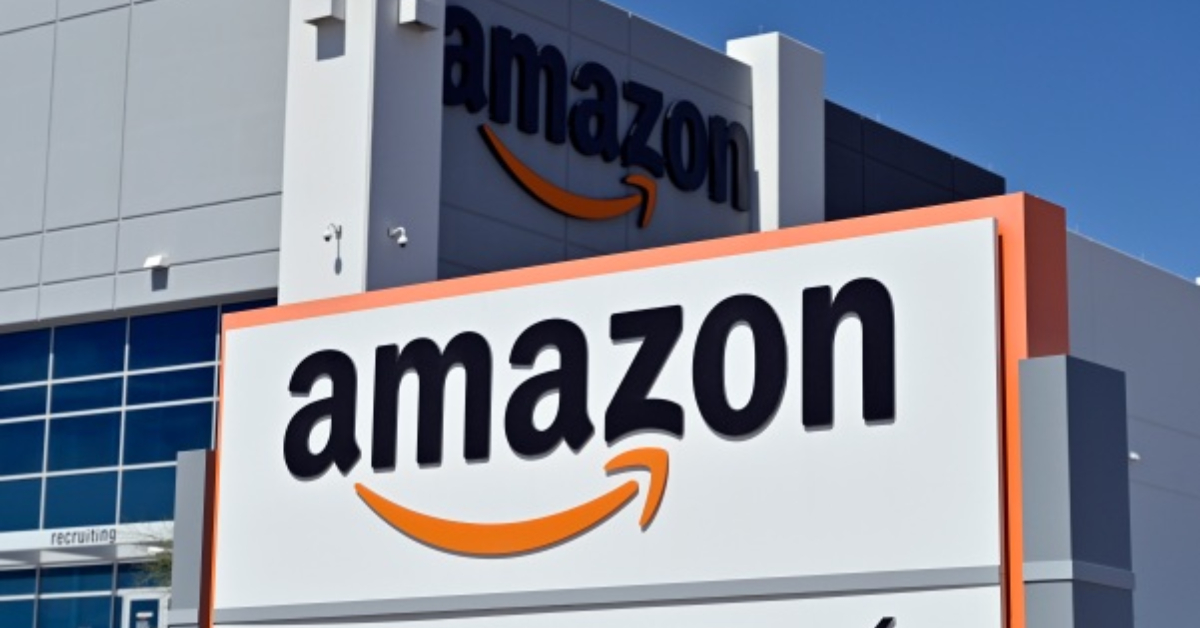Since Amazon was founded in 1994, it has not stopped growing. And that growth has translated into jobs. So much so that it is currently the second private company with the most workers on staff: 1.6 million people are paid by the Internet giant. But that growth has been cut short in 2022. Amazon has cut 100,000 jobs worldwide, an unprecedented decision in its history that is only understood as preparation for the great recession that lies in wait for us.
2022 is proving to be a bad year for Amazon, which has posted huge first-quarter losses as the economy teeters on the brink of recession.
Amazon reported its second straight quarterly loss, but its revenue beat Wall Street’s expectations, sending its shares up sharply. Compared with a profit of $6.4 billion a year ago, the company posted a loss of $3.15 billion in the first quarter of this year, losing nearly $1.6 billion in the three-month period ending June 30.
This is its first quarterly loss since 2015, but the company still made 99.5bn of revenue. The Seattle-based e-commerce giant said it was making progress in reining in some of the cost overruns of its massive expansion during the Covid-19 pandemic, and one of those overruns appears to be the massive hiring of workers.
Between 2019 and 2021, Amazon nearly doubled the number of warehouses and data centers it leased and owned to keep up with growing consumer demand from online shoppers during the pandemic. But as consumers changed their habits, Amazon now has too many workers and too much space, adding billions in extra costs.
Amazon Chief Financial Officer Brian Olsavsky said the company is slowing its expansion plans for this year to better match customer demand. Amazon has cut its direct workforce by nearly 100,000 people, Barron’s reports, the largest consecutive reduction in its history, primarily at its fulfillment centers and distribution network.
The e-commerce giant continues to employ more than 1,500,000, the highest figure in the tech world. According to Brian Olsavsky, Amazon plans to be more cautious in its hiring at its headquarters and other facilities in the future.
“I think it’s right for people to step back and question their hiring plans. We’re doing that too. I don’t think we’re going to be hiring at the same rate as last year or the last few years,” he told reporters after for the company to present its quarterly results.
In a call with analysts, Olsavsky said the company added 14,000 workers in the first quarter. “The previous year we had reduced our net headcount by 27,000 people. So we’re pretty transparent about the fact that we had hired a lot of people in the 1st quarter for coverage of the omicron variant,” he reported.
Fortunately, that variant subsided, leaving the company with a higher headcount position. “We’ve… come down through adjusting our hiring levels and normal attrition, and it’s pretty much… sort of sorted out in late April or early May. So that’s dominating the quarterly headcount reduction”, he added.
Amazon said that right now it sees stabilization in the workforce. “It was a very difficult work period in the second half of last year, and it didn’t come quickly out of the blue. So we’re certainly diligent about that and making sure we have a good workplace and an environment that attracts employees,” Olsavsky said.
Since Amazon was founded in 1994, it has not stopped growing. And that growth has translated into jobs. So much so that it is . . .












